Brain-on-chip technology was developed by researchers at Tianjin University and Southern University of Science and Technology in China. The researchers combined a human stem cell-derived tissue (brain organoid) with a neural interface chip to power the robot and teach it to avoid obstacles or grasp objects, according to the South China Morning Post on June 29 .
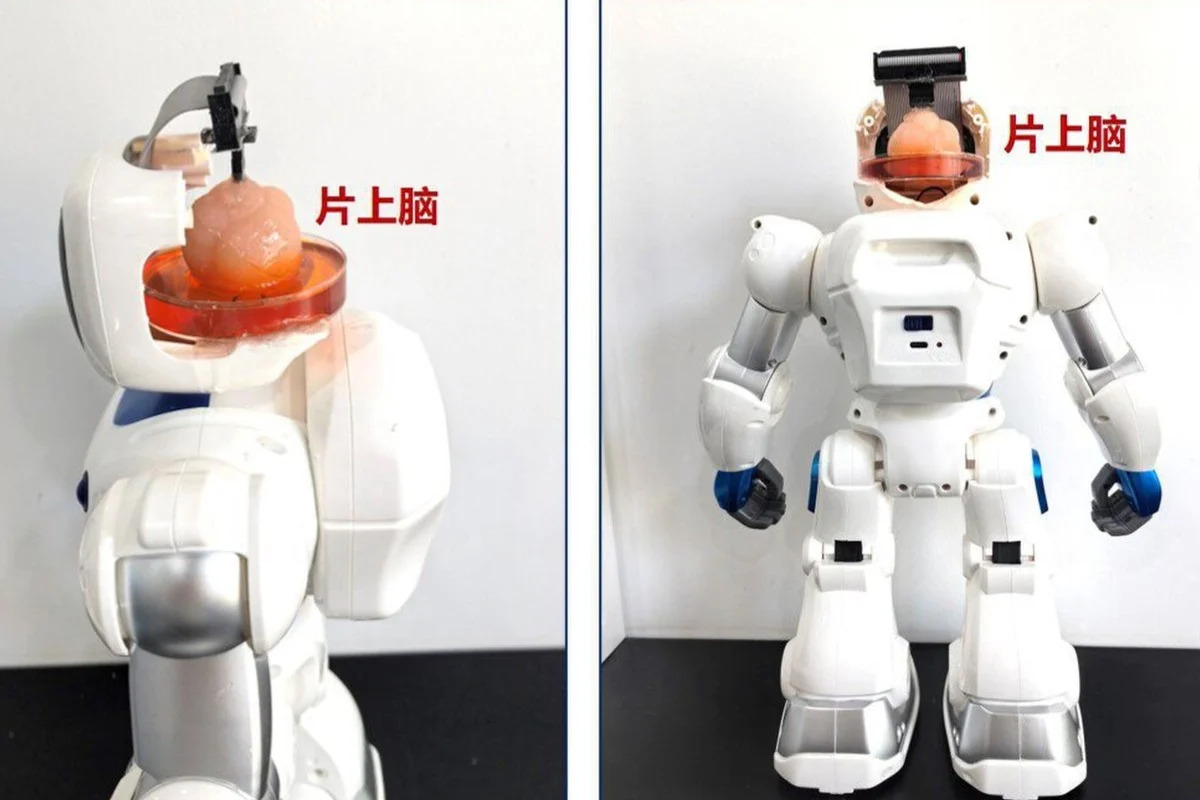
Robots with artificial brains as well as neural chips
The technology is an emerging branch of brain-computer interfaces (BCIs), which aim to combine the brain's electrical signals with external computing power. BCI technology has attracted widespread attention around the world since billionaire Elon Musk's Neuralink company implanted chips into people's brains - allowing patients to control devices with just their thoughts.
According to Tianjin University, this is the world's first open-source brain-on-chip intelligent complex information interaction system, which could lead to the development of brain-like computing as well as pave the way for the development of hybrid intelligence between humans and robots.
Brain organoids, normally only found in early embryos, can develop into different types of tissue, including neural tissue. When implanted into the brain, they can establish functional connections with the host brain.
"Brain organoids are a novel method for promoting organ development and function. The organ grafts carry a functional vascular system from the host and exhibit more advanced maturity," the Tianjin University team wrote in an unedited manuscript published in the Oxford University journal Brain in May.
Li Xiaohong at Tianjin University said that although the technology is considered the most promising model of basic intelligence, it still faces barriers such as low developmental maturity and insufficient nutrient supply.
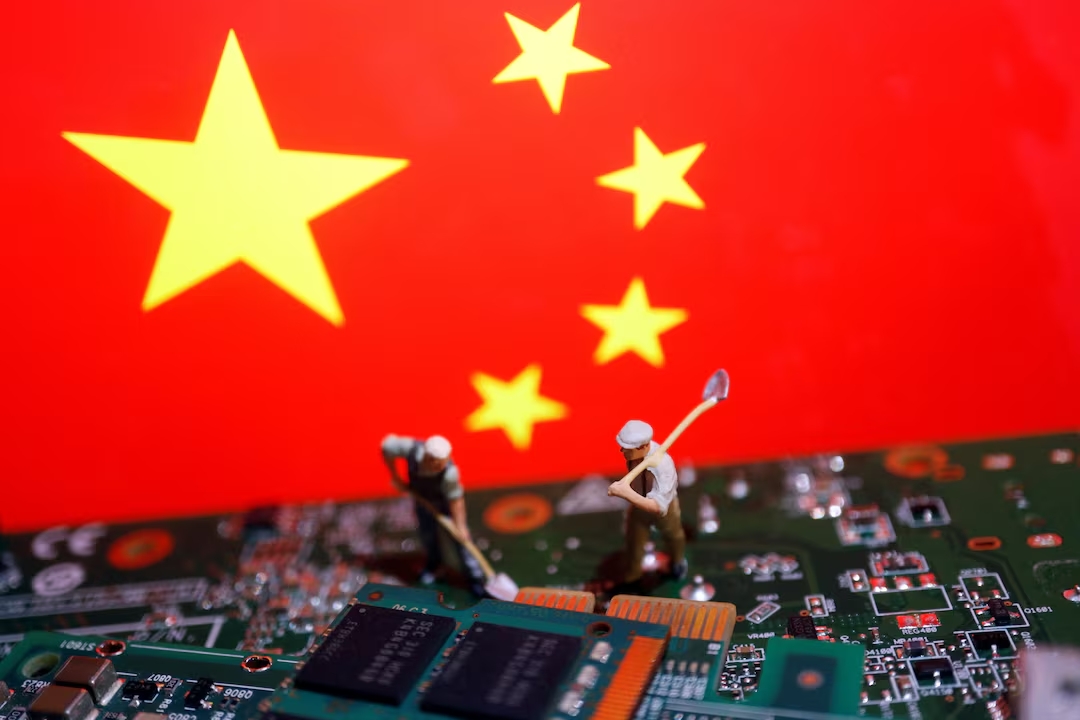
Illustration photo China creates brain robot made from human stem cells
In addition, in the journal, the team said they had developed a technique using low-intensity ultrasound that could help organs integrate and grow better in the brain. This technique could also pave the way for new treatments to treat neurodevelopmental disorders and repair damage to the cerebral cortex.
The team found that using low-intensity ultrasound on implanted brain organoids could improve neurological deficits in mice with microcephaly – a neurodevelopmental disorder characterized by reduced brain and head size.
Tianjin University also said the team's use of non-invasive low-intensity ultrasound treatment could help neural networks form and mature, providing a better foundation for computation.
Source: https://thanhnien.vn/trung-quoc-tao-ra-robot-co-nao-nhan-tao-lam-tu-te-bao-goc-con-nguoi-185240630073751466.htm


![[Photo] Third meeting of the Organizing Subcommittee serving the 14th National Party Congress](https://vstatic.vietnam.vn/vietnam/resource/IMAGE/2025/4/2/3f342a185e714df58aad8c0fc08e4af2)

![[Photo] Relatives of victims of the earthquake in Myanmar were moved and grateful to the rescue team of the Vietnamese Ministry of National Defense.](https://vstatic.vietnam.vn/vietnam/resource/IMAGE/2025/4/2/aa6a37e9b59543dfb0ddc7f44162a7a7)





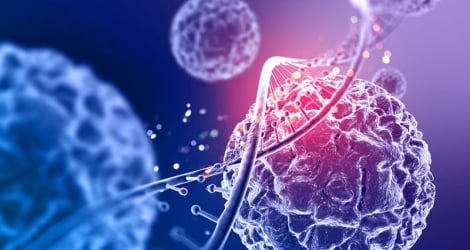

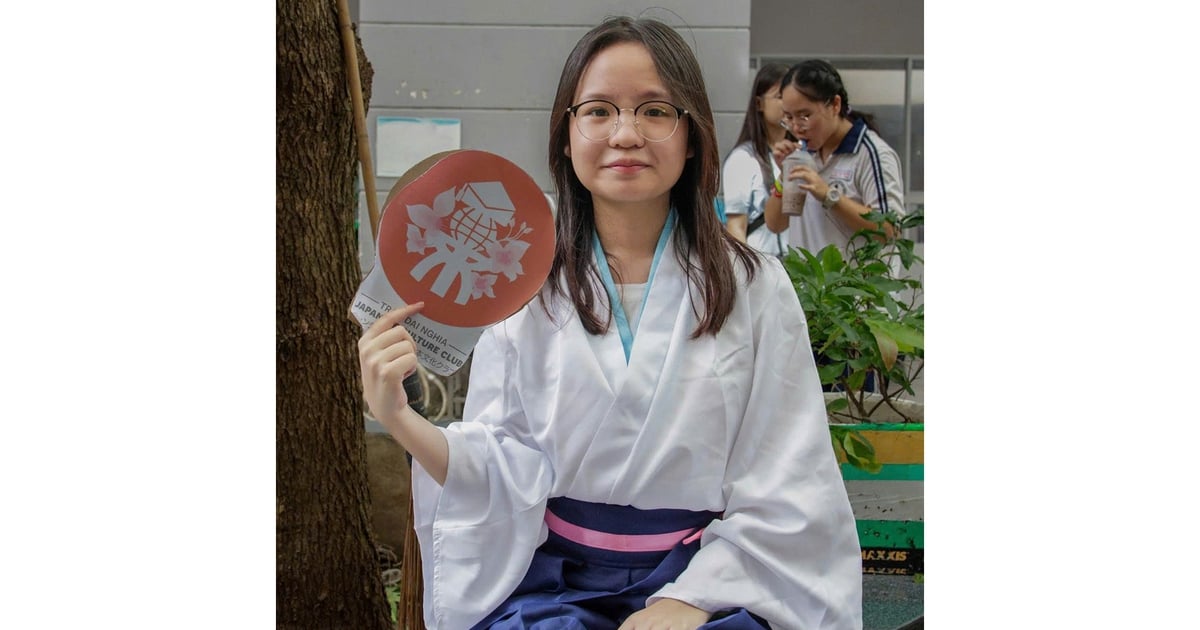
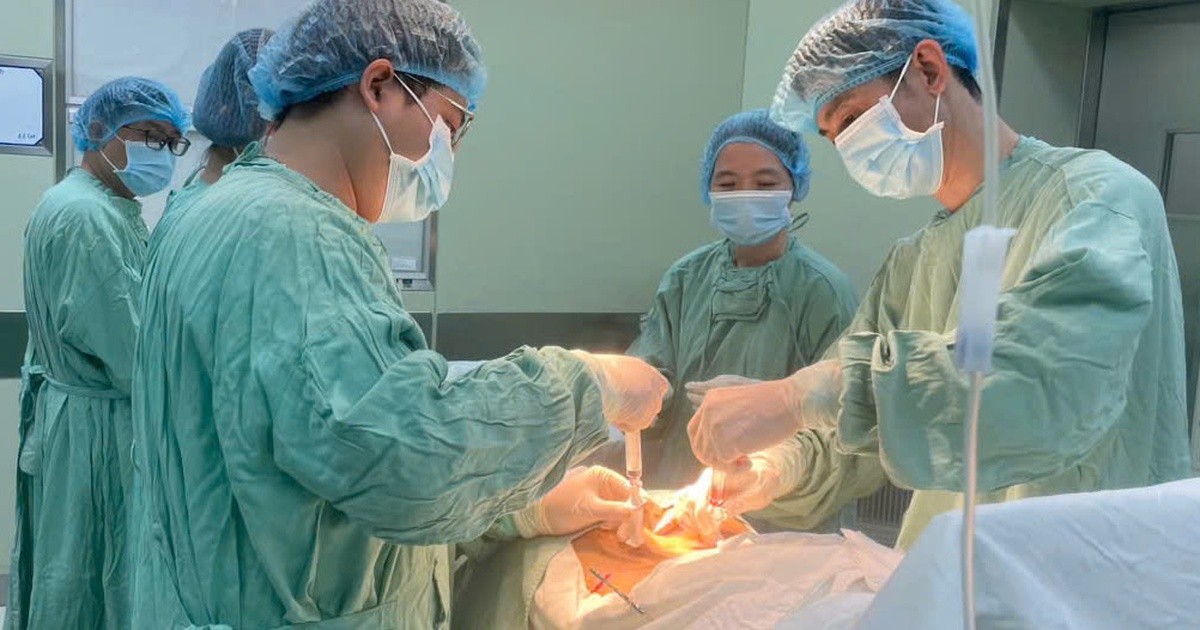
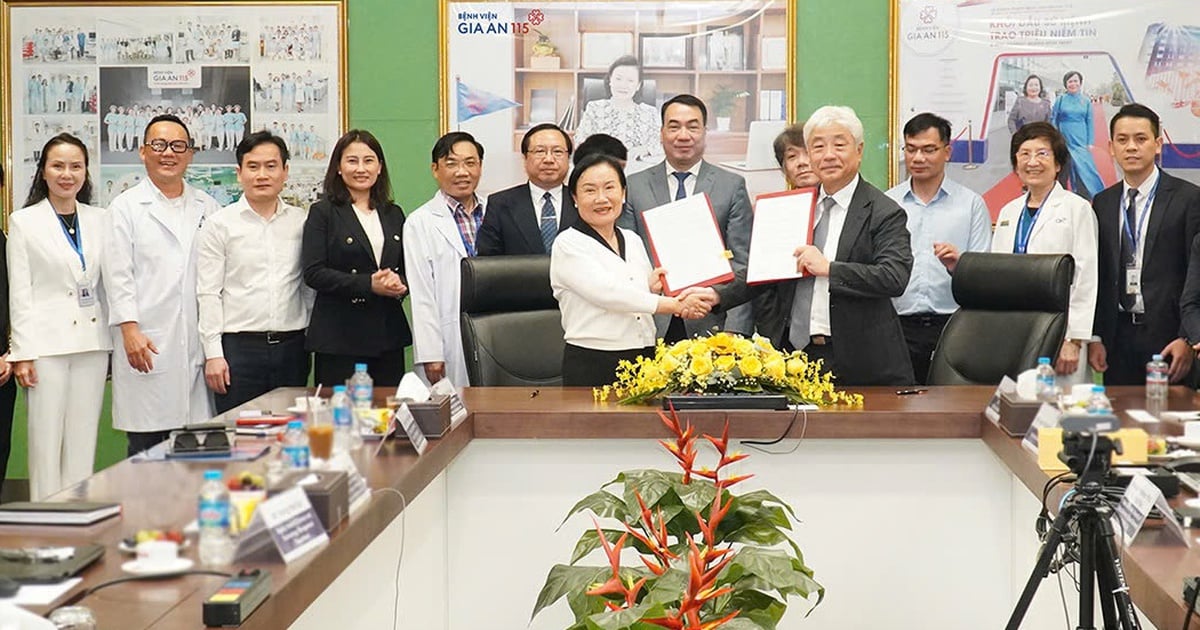
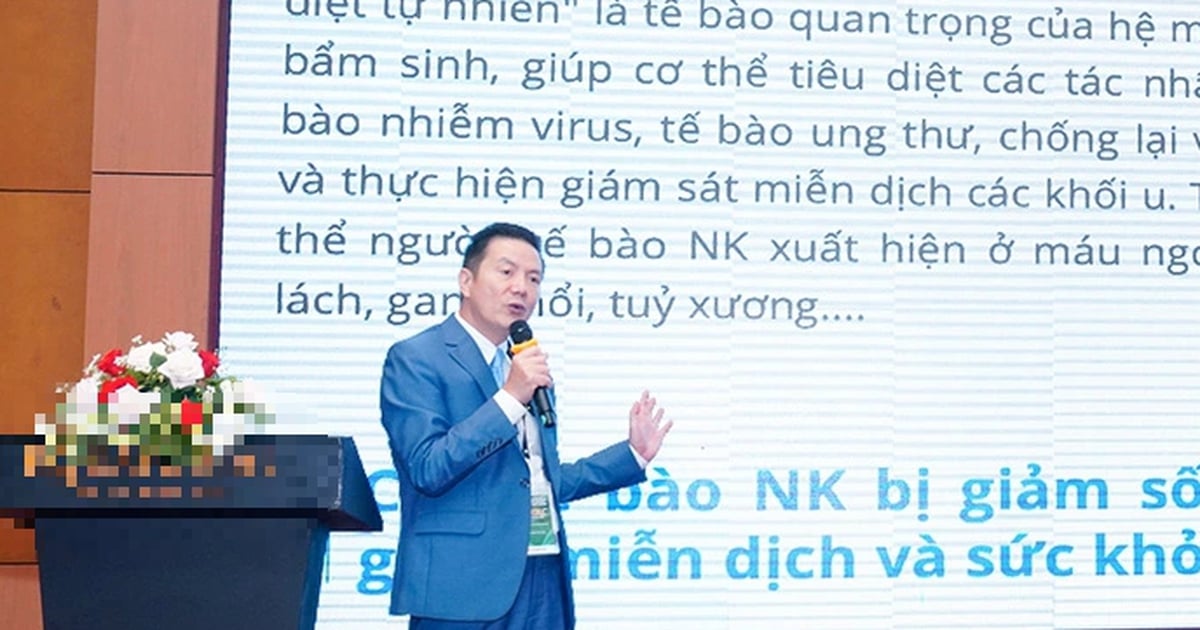


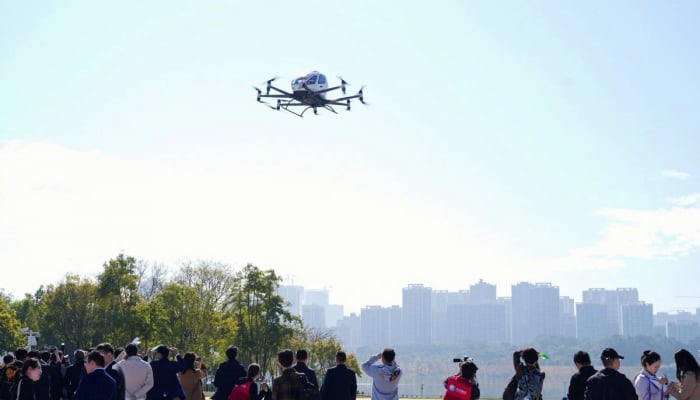








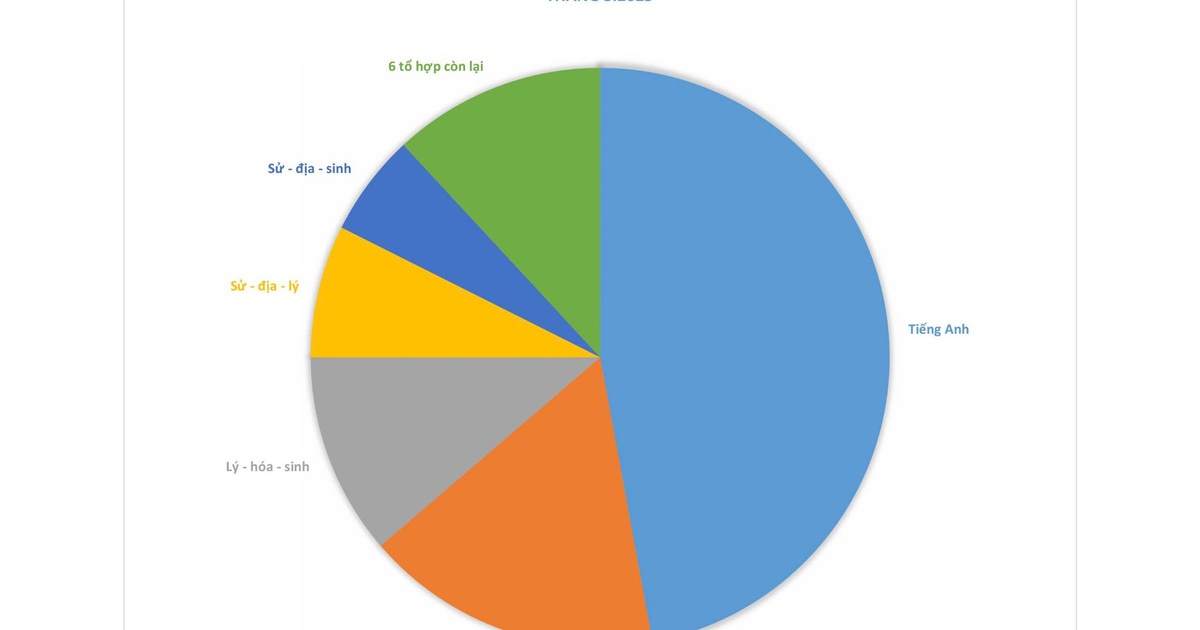







































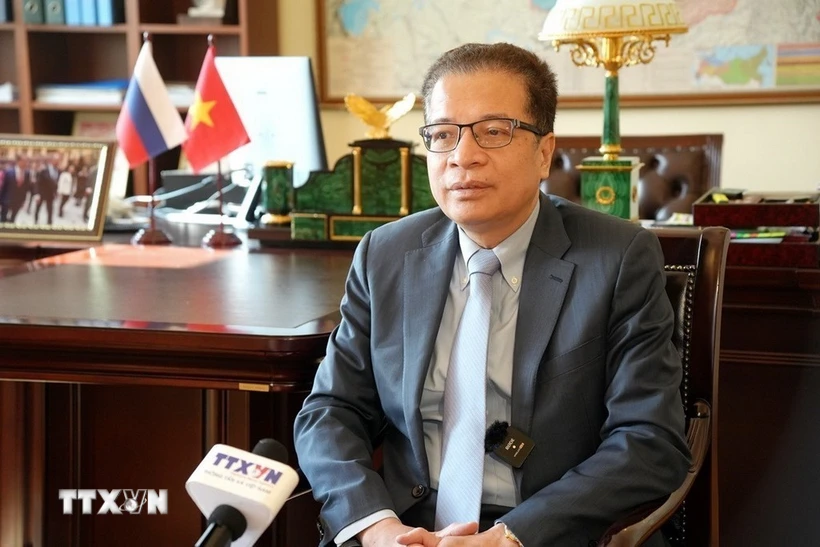





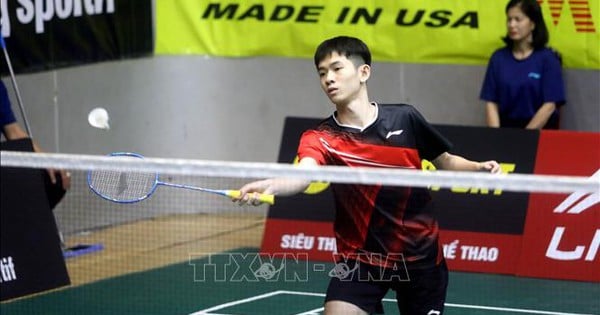






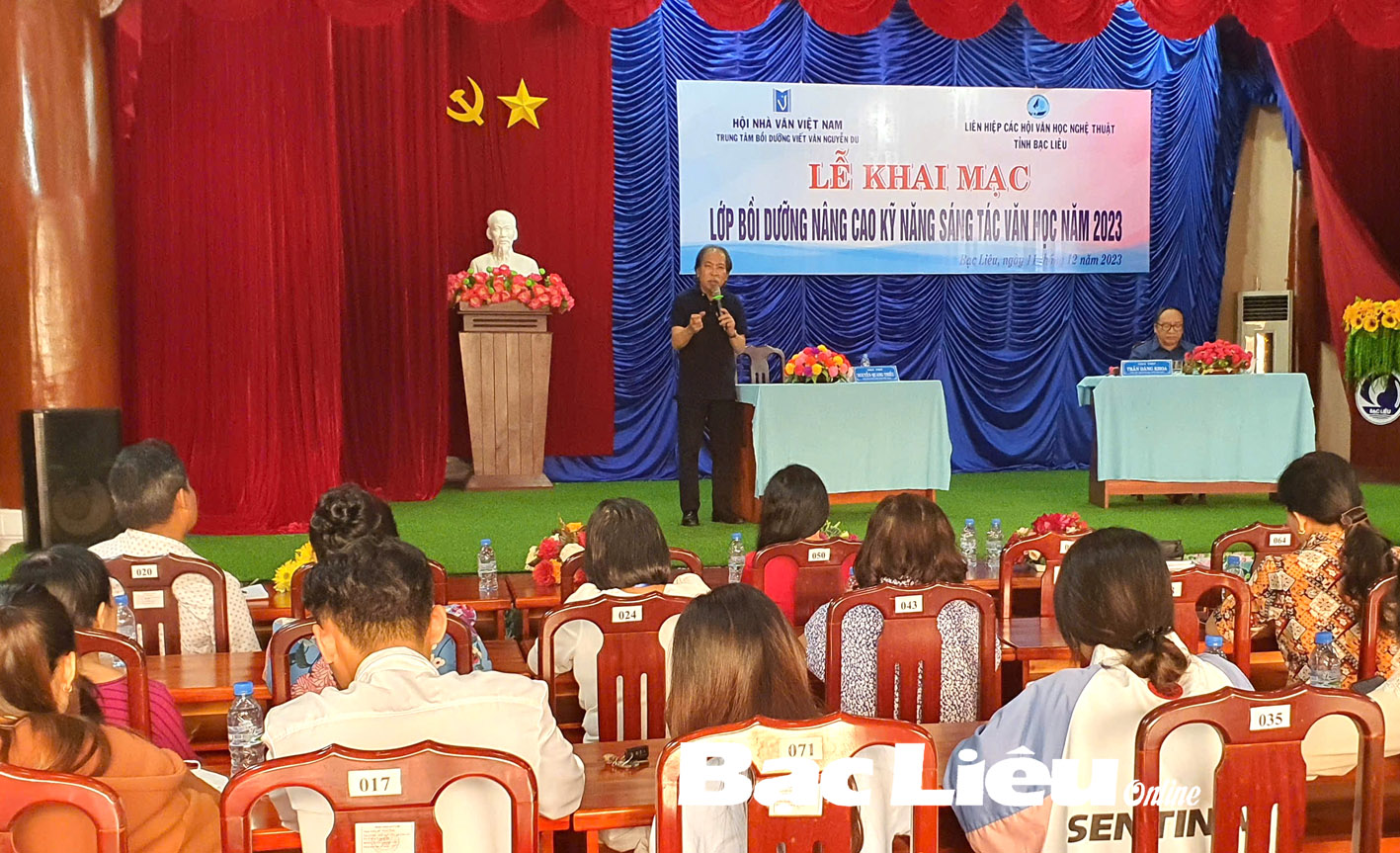
















Comment (0)